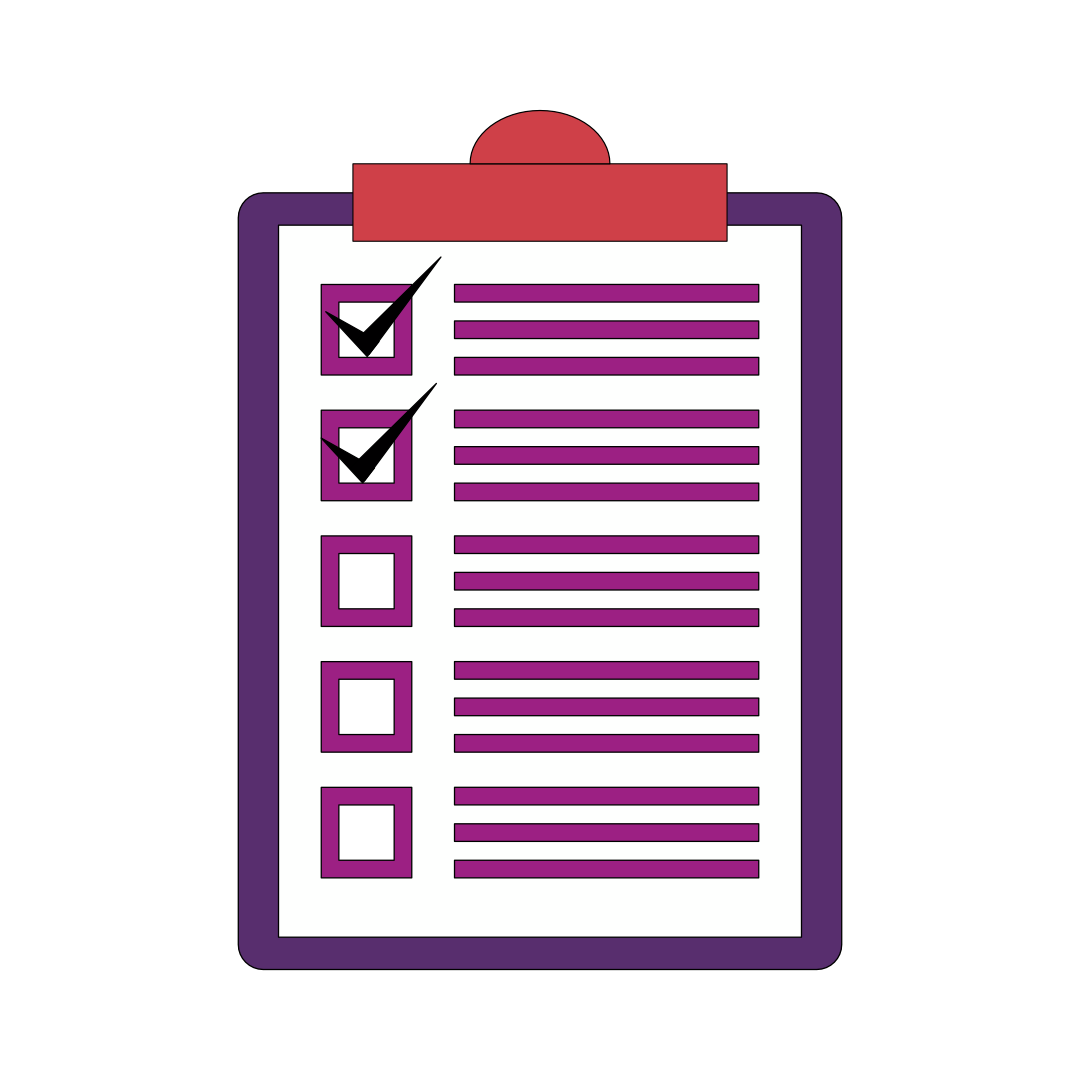COMMUNICATION
Making a Constructive Impact
The behaviours in the table below show how you can demonstrate the skill of Making a Constructive Impact at each of the competency levels in which it appears. Click on the plus sign to show the behaviours at that level.
Foundation
- Appears and sounds confident, polite; makes an immediate positive impression and communicates effectively.
Resources
Below you will find learning resources to help you develop the skill of Making a Constructive Impact. Click on the links to access the resources.

Ideal Actual Ought Model
The Chimp Brain
Dr Steve Peters’ model of the Chimp brain explains simply the primitive drivers behind some of our more problematic behaviours and what we can do to manage them. These drivers can be, and often are, challenged at work, leading to outbursts, arguments, and sometimes physical confrontations. Every person has a Chimp and is susceptible to these problems, but if we learn to recognise what is happening and how to manage the results, we can reduce the negative outcomes.
The Human Brain
Following on from Dr Steve Peters’ model of the Chimp brain, as outlined in the PDF ‘The Chimp Brain’, this PDF looks at how the Human brain works i.e. how we are when we have logical and regulated emotional thinking, and how we stay in that state as much as possible.
Managing the Chimp
Following on from Steve Peters’ model of the Chimp brain, as outlined in the PDF ‘The Chimp Brain’, this PDF looks in more depth at how to manage your Chimp and control unwanted emotional responses. It describes several ways in which you can do this. These techniques also help regulate and manage other people’s strong emotional reactions.
Assert Yourself
If you find yourself habitually too aggressive or passive/non-assertive, or have someone in your team who is, this PDF will help you to consciously shift towards a more productive balance of self and others, and/or help others to do so, as it explains what assertion is and how to achieve it.
Trust Your Emotions!
This PDF explains what emotions are physiologically and how we notice/process them, before explaining how we can use this information to manage them in ourselves and others.
Circle of Excellence
This is a technique to help you discover or remind yourself of your strengths and skills in dealing with difficult situations in the past and build your confidence using your past experience.

VIDEOS
The Neuroscience of Confidence
This video (presented by a Professor of Applied
Neuroscience) explains how the brain creates a feeling of trust in self and
others. It shows you how trust and confidence play a very important role in
many areas and skills and why this matters, especially if you are a manager or
leader. Understanding these mechanisms, and following the advice given, will
help you to develop greater trust and confidence in yourself and in others.
Ideal Actual Ought Model
This video explains three
different ways of viewing ourselves: the ‘Ideal’ (how you would like to be);
the ‘Actual’ (how you really are); and the ‘Ought’ (how you feel you should
be). When these three identities don’t align (for example, you would ideally be
more organised, but you’re actually quite disorganised) it can cause stress,
distractions, and behaviours that negatively impact you. Becoming aware of how
you view yourself in these different ways will help you address these problems,
enabling you to become more effective, focused, and calm.
The Chimp Brain part 1
The Chimp Brain part 2
These videos explains Dr Steve Peters’ model of the Chimp brain, the primitive drivers behind some of our more problematic behaviours, and what we can do to manage them. These drives can be, and often are, challenged at work, leading to outbursts, arguments, and sometimes physical confrontations. Every person has a Chimp and is susceptible to these problems, but this video will help you to learn to recognise what is happening and how it is possible to reduce the unhelpful triggers and behaviours.
The Human Brain
Following on from Dr Steve Peters’ model of the Chimp brain, as outlined in the video ‘The Chimp Brain’, this video looks at how the Human brain works, i.e. how we are when we have logical and regulated emotional thinking. You will learn why and how regulated thinking and behaviour is so helpful and also how to do it.
Managing the Chimp
Following on from Steve Peters’ model of the Chimp brain, as outlined in the video ‘The Chimp Brain’, this video looks in more depth at how to manage your Chimp and control unwanted emotional responses. It describes several ways in which you can do this. These techniques also help you to regulate and manage other people’s strong emotional reactions and bring them back to using their own ‘Human Brain’.
Assert Yourself
This video provides an explanation of a fundamentally important approach and mindset, being assertive, and how you or others might adopt a less helpful one of being non-assertive, aggressive, or avoiding. You will learn how to recognise the different approaches, if you need to adjust how you behave and what you say to project a more assertive/collaborative stance towards others, especially if they are using an unhelpful approach towards you.
Be Your Best Self
This video explains three different ways of viewing ourselves: the ‘Ideal’ (how you would like to be); the ‘Actual’ (how you really are); and the ‘Ought’ (how you feel you should be). When these three identities don’t align (for example, you would ideally be more organised, but you’re actually quite disorganised) it can cause stress, distractions, and behaviours that negatively impact you. Becoming aware of how you view yourself in these different ways will help you address these problems, enabling you to become more effective, focused, and calm.
Trust Your Emotions
This video systematically explains what emotions are, what they are made up from, how they work, and why they matter. It will especially help you if you are worried by emotions, think they show weakness, or lose respect if someone else appears to be ‘emotional’. Emotions are signals of threat or reward, so it’s really helpful to understand them, regulate and balance them. This is possible for you and for others when you pay attention to and trust your emotions.

ON THE JOB ACTIONS
Awareness
Read and/or watch 'Assert Yourself!'. Consider the impact you have in interactions and be aware of your own body language and what it might be communicating to others. How might you change it to be more effective? Make sure that you start from an assertive position.
Pay attention to your response to others and identify what helped/hindered the situation; should you have adjusted your approach to allow them more input or said more yourself?
Understand Yourself
Read and/or watch 'Trust Your Emotions' to identify and calibrate any emotional responses that might be negatively affecting the impressions you create.
Manage your Reactions
Read and/or watch 'Managing the Chimp'. Pay attention to any situation where you are feeling stressful emotions. Follow the steps Recognise, Understand, Empathise, Reassure, and Reframe to manage your Chimp. To understand the Chimp read and/or watch 'The Chimp Brain' and 'The Human Brain'.
Build Your Confidence
Watch the video 'Be Your Best Self' to create an anchor for confidence. This makes positive changes to your brain, strengthens your sense of self, and is calming. You can reinforce this daily with very little effort.
Read 'Ideal Actual Ought Model' for a written explanation of the ideas in the video 'Be Your Best Self'.
Prepare
For any difficult situation, try the steps in 'Circle of Excellence' to anchor a positive state beforehand.
